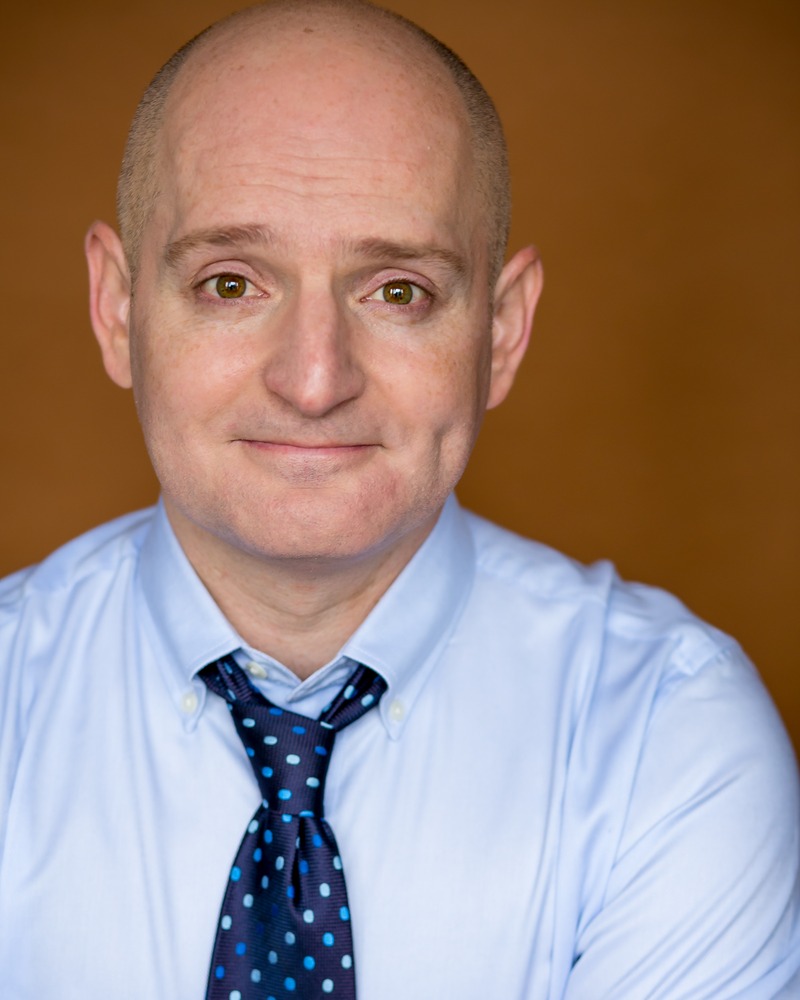For now, let's have a look at a British entry in 1943's Best Picture race...
In Which We Serve
Director:
Noël Coward and David Lean
Screenplay:
Noël Coward
Starring:
Noël Coward, John Mills, Celia Johnson, Kay Walsh, Bernard Miles
Academy Awards:
2 nominations
0 wins
As the opening narration informs us, this is the story of a ship. Specifically, it's the story of the HMS Torrin, a British destroyer during World War II that is attacked and sunk by German aircraft bombers. As the survivors, including Captain Kinross (Coward), stay afloat in a lifeboat enduring further aerial gunfire, they share tales of their own experiences during the war and reminisce about the history of the Torrin.
The overt patriotism of In Which We Serve is a little off-putting, perhaps only because it's something one would expect from an American military film, not a British one. It's a propaganda film, no question. The sailors love their ship more than their wives, and the wives are pretty much okay with that. It's all for king and country. And the enemy is nothing short of pure evil. Granted, the enemy are the Nazis in this case, so it's hard to argue that point, but from a purely narrative standpoint, it's a detriment to have no single personification of the enemy. We see Nazi planes and Nazi ships, but we almost never see an actual Nazi, which I understand is part of the propaganda to dehumanise the enemy, but all good screenwriting how-to books will tell you that you have to include an antagonist. Even if your hero's main enemy is a corporation or organisation, it's far more effective to have an identifiable character to serve as its representative, rather than leave your hero to fight a nebulous enemy.
.jpg) I also have to admit that I had some trouble following the action. The plot is somewhat episodic and it is sometimes difficult to figure out who's who, partly because there are so many sailors to keep track of, but also because they're all wearing the same thing! Stupid sailor's uniforms. So, during a flashback, when we see someone in civilian clothes, it takes a little time to recognise exactly who it is. And speaking of the myriad flashbacks, is this perhaps the genesis of the cliched wavy flashback transition? To a modern audience, the watery effect may seem cheesy, but in this instance, I suppose it couldn't be more appropriate.
I also have to admit that I had some trouble following the action. The plot is somewhat episodic and it is sometimes difficult to figure out who's who, partly because there are so many sailors to keep track of, but also because they're all wearing the same thing! Stupid sailor's uniforms. So, during a flashback, when we see someone in civilian clothes, it takes a little time to recognise exactly who it is. And speaking of the myriad flashbacks, is this perhaps the genesis of the cliched wavy flashback transition? To a modern audience, the watery effect may seem cheesy, but in this instance, I suppose it couldn't be more appropriate.Not only did Noël Coward (pictured) write, co-direct and star in the movie, but like Chaplin before him and Eastwood after him, he also composed the film's score. So there's no denying this is Coward's baby. As the captain of the ship, his is not your average melodramatic performance of the 1940s. In fact, it could be argued that he goes too far in the opposite direction, making Captain Kinross oddly understated. Playing his wife, Celia Johnson stands out with a charmingly natural portrayal of a woman with bittersweet feelings about her husband's job. And look out for a young Richard Attenborough in his film debut.
In Which We Serve also has a rare distinction in Oscar history, receiving recognition in two separate awards years. It received a non-competitive Honorary Achievement award at the 1942 Oscars, since that was the year it was released in its native UK. Then, one year later, it was nominated for Best Picture and Best Original Screenplay, after having its qualifying US theatrical release.


.jpg)




